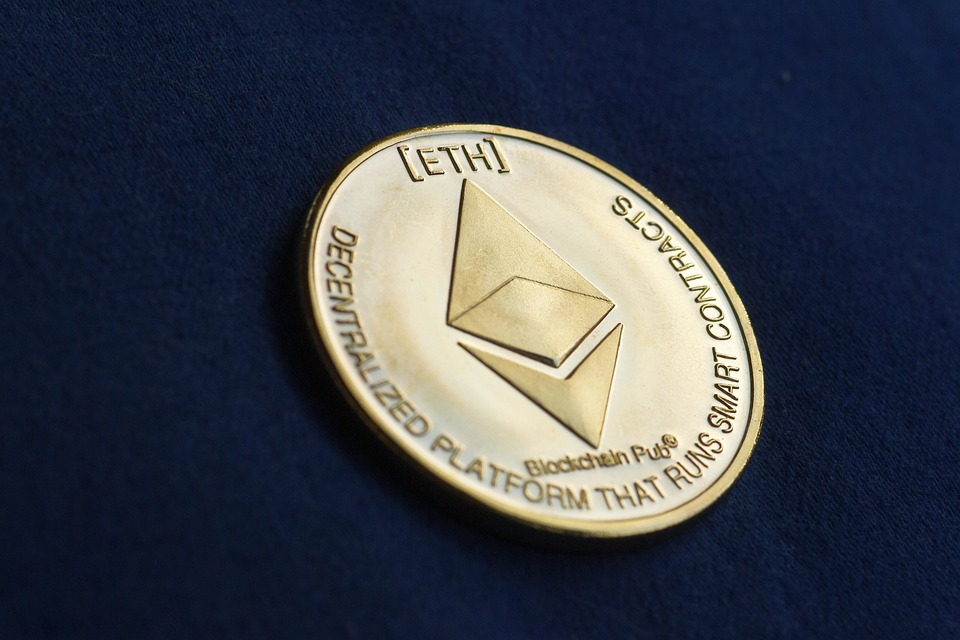Proof of Stake (PoS) is a consensus algorithm used in blockchain networks to confirm transactions and create new blocks. Unlike Proof of Work (PoW), which relies on miners solving complex cryptographic puzzles to validate transactions and secure the network, PoS chooses block creators based on the amount of cryptocurrency they hold. In simple terms, the more cryptocurrency a user owns, the more likely they are to be chosen to validate transactions and earn rewards.
PoS offers several advantages over PoW, including reduced energy consumption, lower barriers to entry, and improved security. By eliminating the need for mining hardware and energy-intensive computations, PoS is seen as a more environmentally friendly alternative to PoW. Additionally, PoS allows for greater decentralization, as users are not required to invest in expensive mining equipment to participate in the network.
One of the key aspects of PoS is the concept of staking, where users lock up a certain amount of cryptocurrency as collateral to be chosen as block creators. This process incentivizes users to hold onto their cryptocurrency and contribute to the security and stability of the network. In return for staking their coins, users earn rewards in the form of additional cryptocurrency.
To participate in PoS, users need to have a designated amount of cryptocurrency in their digital wallet and run a staking node on the network. The amount required for staking varies depending on the network, with some requiring a minimum balance to be eligible for rewards. Users can also join staking pools, where multiple users combine their funds to increase their chances of being chosen as block creators and share the rewards.
As a beginner exploring the power of PoS, it’s essential to research and understand the specific requirements and rewards offered by different networks. Each PoS network has its own set of rules and incentives, so it’s important to choose a network that aligns with your goals and values. Additionally, it’s crucial to consider factors such as security, decentralization, and community support when selecting a PoS network to participate in.
Overall, PoS is a promising alternative to PoW that offers a more sustainable and efficient way to validate transactions and secure blockchain networks. By exploring the power of PoS as a beginner, you can contribute to the growth and development of decentralized ecosystems while earning rewards for your participation. With the right knowledge and resources, anyone can harness the potential of PoS and become an active member of the blockchain community.




